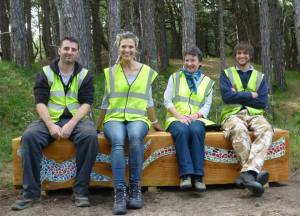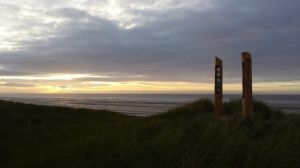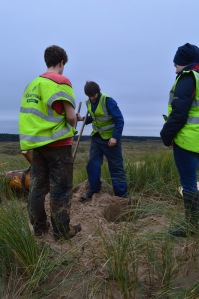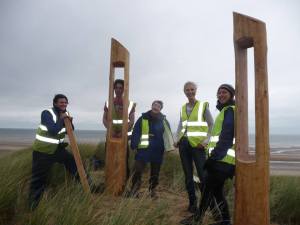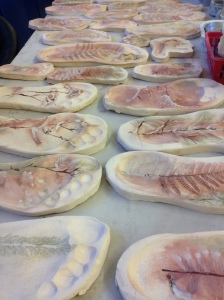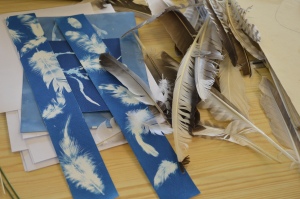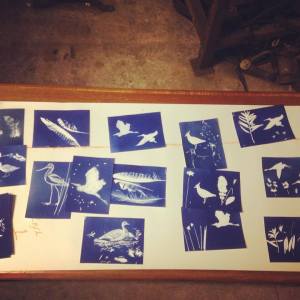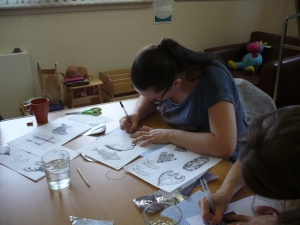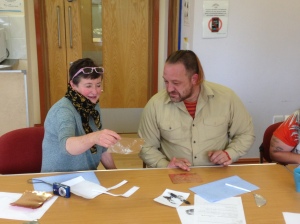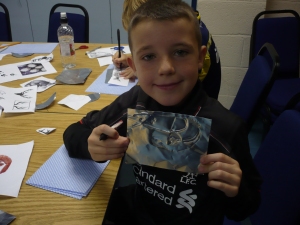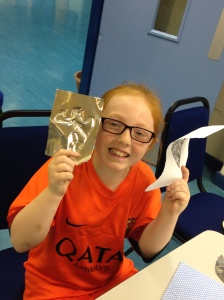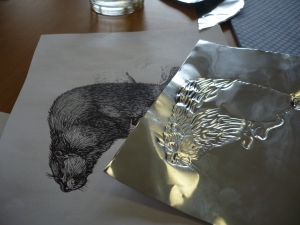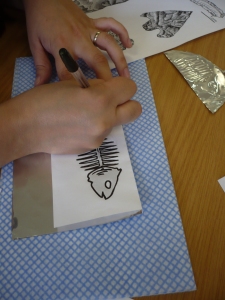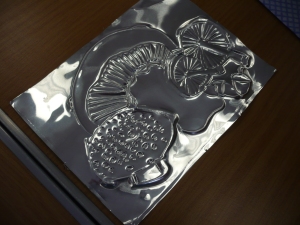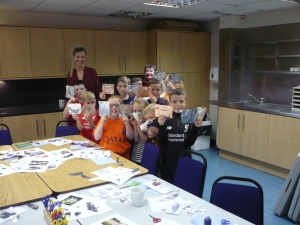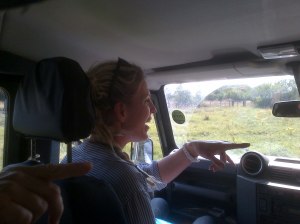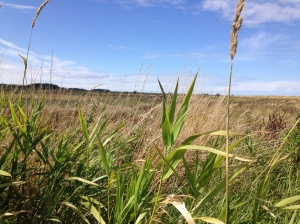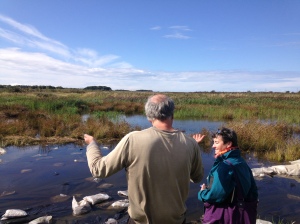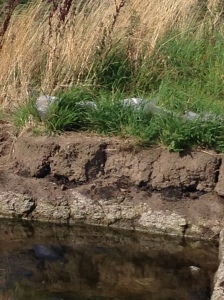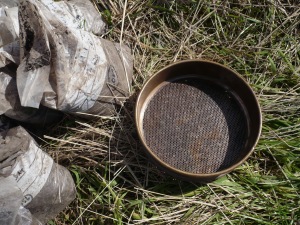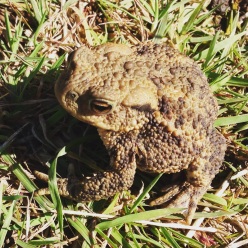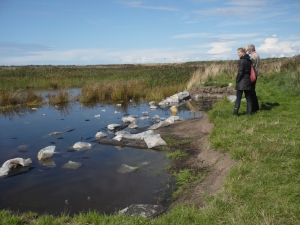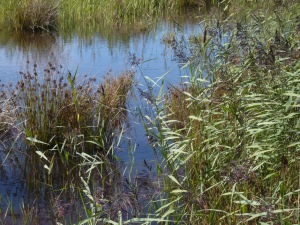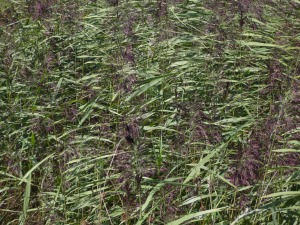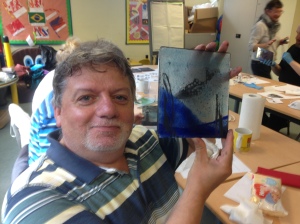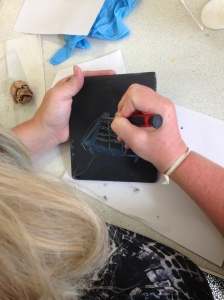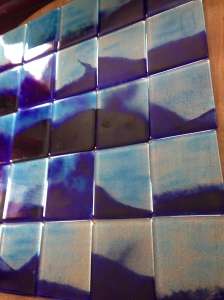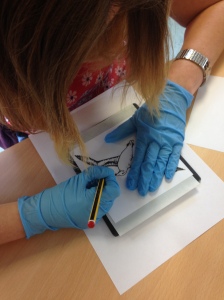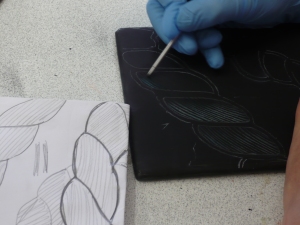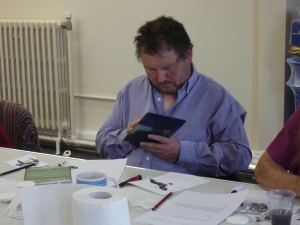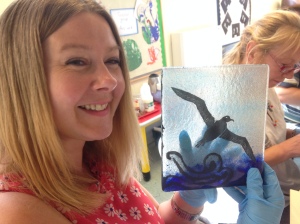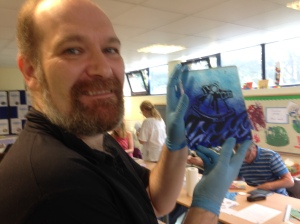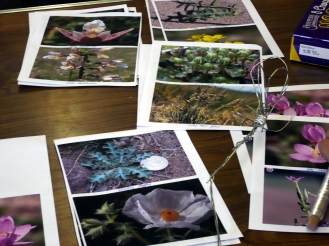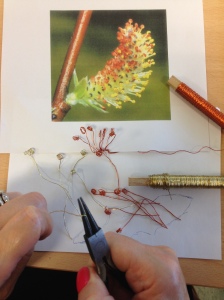With such a good response and interest in the Lizard Bench, we thought you might be interested to see the Lizards’ journey and all the preparation that went in to creating the Lizard Bench, from concept and design, to Phill and team working on the wood, the mosaic work and the installation.
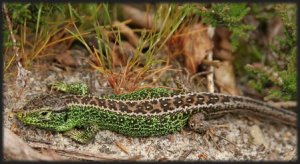
The sand lizard is an endangered species that lives along Sefton Coast. They have incredible hearing and are masters of disguise, blending into the marram grass perfectly making it unlikely for you to spot one on your rambles. In mating season the male turns the most amazing bright green – a stunning display that bewitches the females. This is what inspired us to create the colourful lizards on our bench.
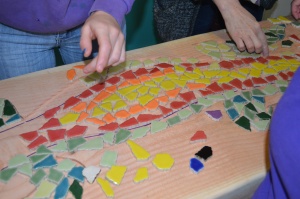
We selected a log big enough which Phill then cut to size using his saw mill and his chain saw.

… with a little help from us!
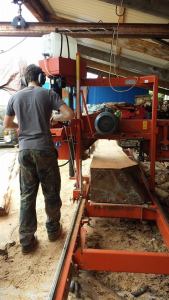
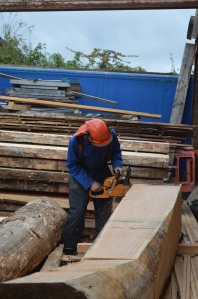
Thinking about the three main visible sides of the bench we developed a lizard design which we then drew the on to the wood. Phill then used his router to cut out the shapes freehand.
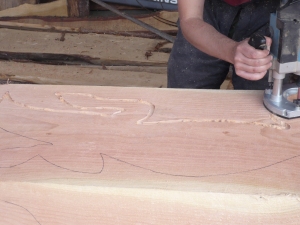 and the Lizards emerged…
and the Lizards emerged…
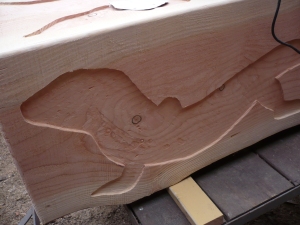
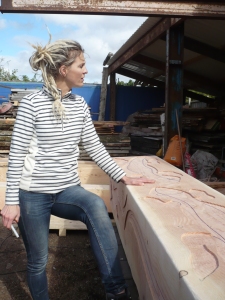
Sanding down the wood till it felt wonderfully smooth ready for the mosaic workshop.

We are thrilled to be working with Bridge Inn Community Farm in Formby on this sculpture. This is a wonderfully inspiring place where the clients run a farm with sheep and pigs, lots of vegetables and have a brilliant art programme where they create wonderful art. We has super support and enthusiasm from John, Karl and the rest of the team, who were thrilled to be part of this project.
We started them off with a workshop session, then left the bench with them so they had time to finish gluing mosaic tiles into all four of the lizards.


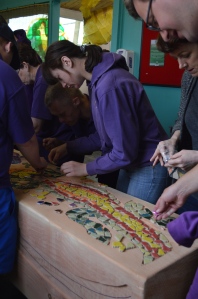
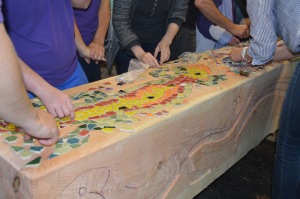
They all worked incredibly hard, coming up with some great ideas of pattern and shapes, using contrasting colours and finding the tiles which fit just right.
Meanwhile, we met the Natural England Team who took us off in their Land Rover to find a suitable site along the Fisherman’s Path Trail.

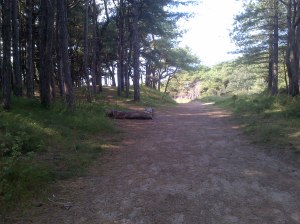
We found a great site. It offers a chance to sit and relax, enjoying the beautiful surroundings. And who knows, the lizards may see the wood as a lovely warm place to bask when nobody is around.
Finally we went back to Bridge Inn Community Farm to complete the grouting …
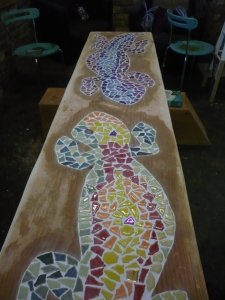
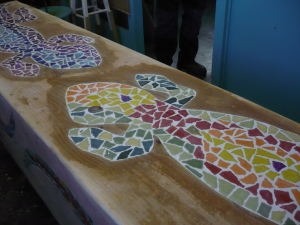
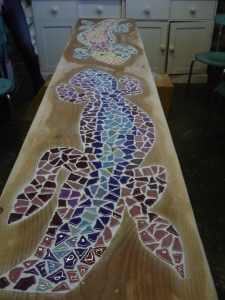
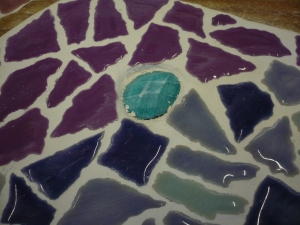

We then sanded back the wood and applied a fungicide, then the final touch of linseed oil and all was ready for the installation.
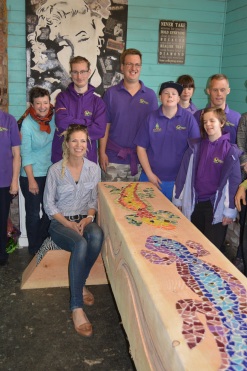
Well done to a fantastic creative team!
